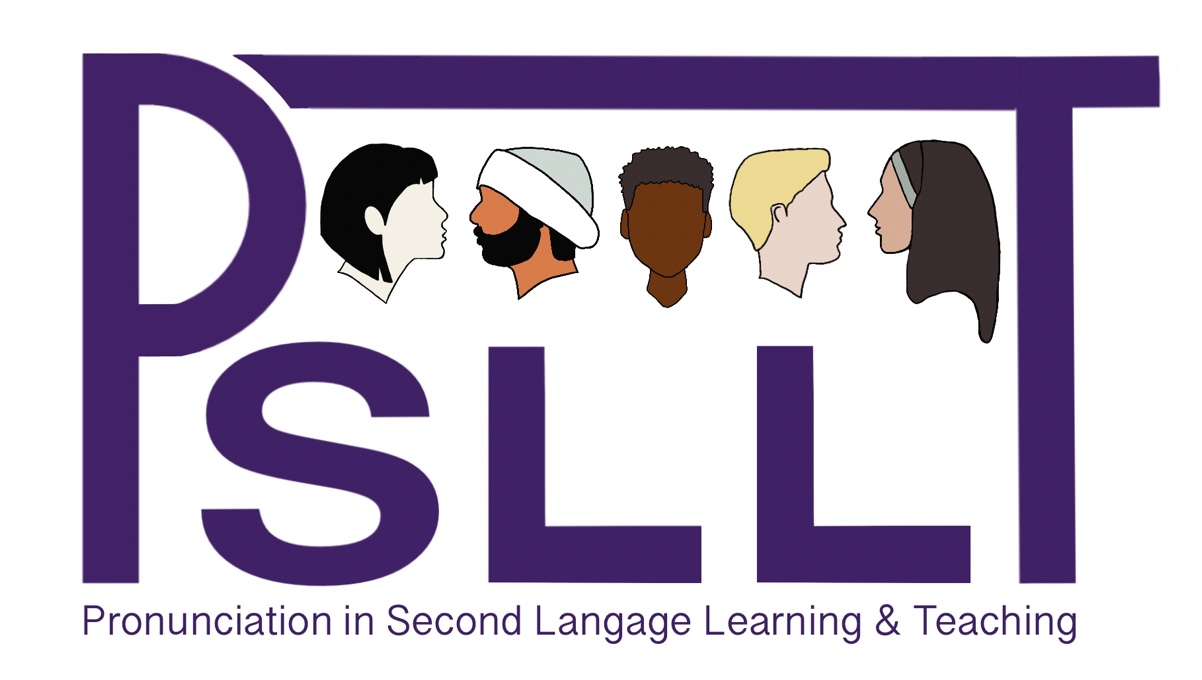Using Selfies to Improve Problematic English Consonants
- Alison McGregor (Princeton University)
Abstract
The pronunciation of English consonants is often taught on an articulatory basis, focusing on static descriptions of the segments (sounds) and their distinctive features. A limitation in typical English consonant training, however, is that it may fail to incorporate any explicit instruction on the underlying mechanisms that trigger and coordinate the movements of the articulators. This teaching tip introduces lip aperture and protrusion related to producing and differentiating the commonly problematic English consonants /l/, /r/, /w/, /ʃ/, /ʒ/, /tʃ/ and /dʒ/. Based on the underlying positions and movements, consonant lip-rounding categories for these sounds are proposed to simplify the noticing and understanding of the subtle underlying production mechanism. For explicit pronunciation instruction, teachers can use the selfie classroom activity described in this teacher tip to systematically raise awareness, provide explicit instruction, create a metalanguage, and practice the mechanisms behind the production of these English consonants.
How to Cite:
McGregor, A., (2018) “Using Selfies to Improve Problematic English Consonants”, Pronunciation in Second Language Learning and Teaching Proceedings 10(1).
Downloads:
Download PDF
View PDF
